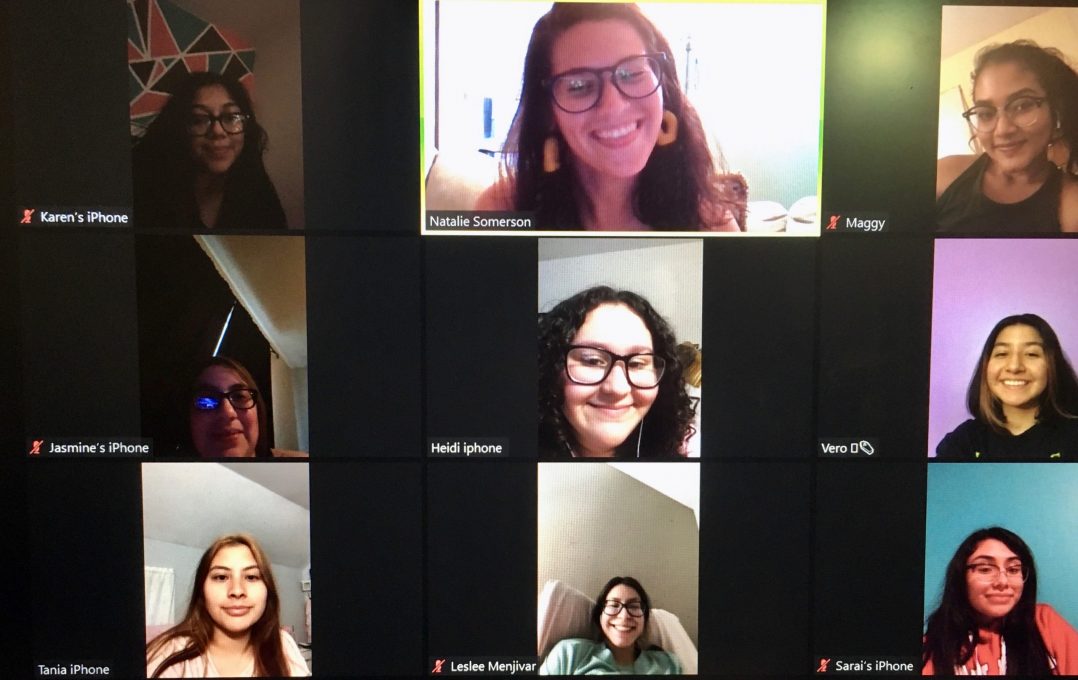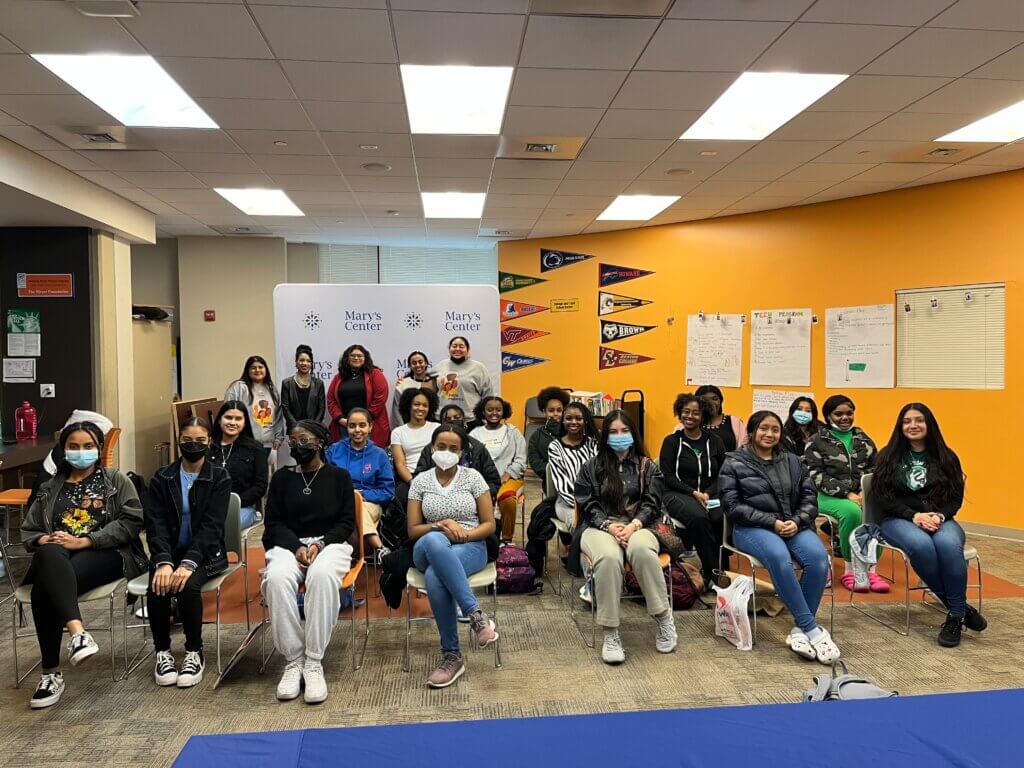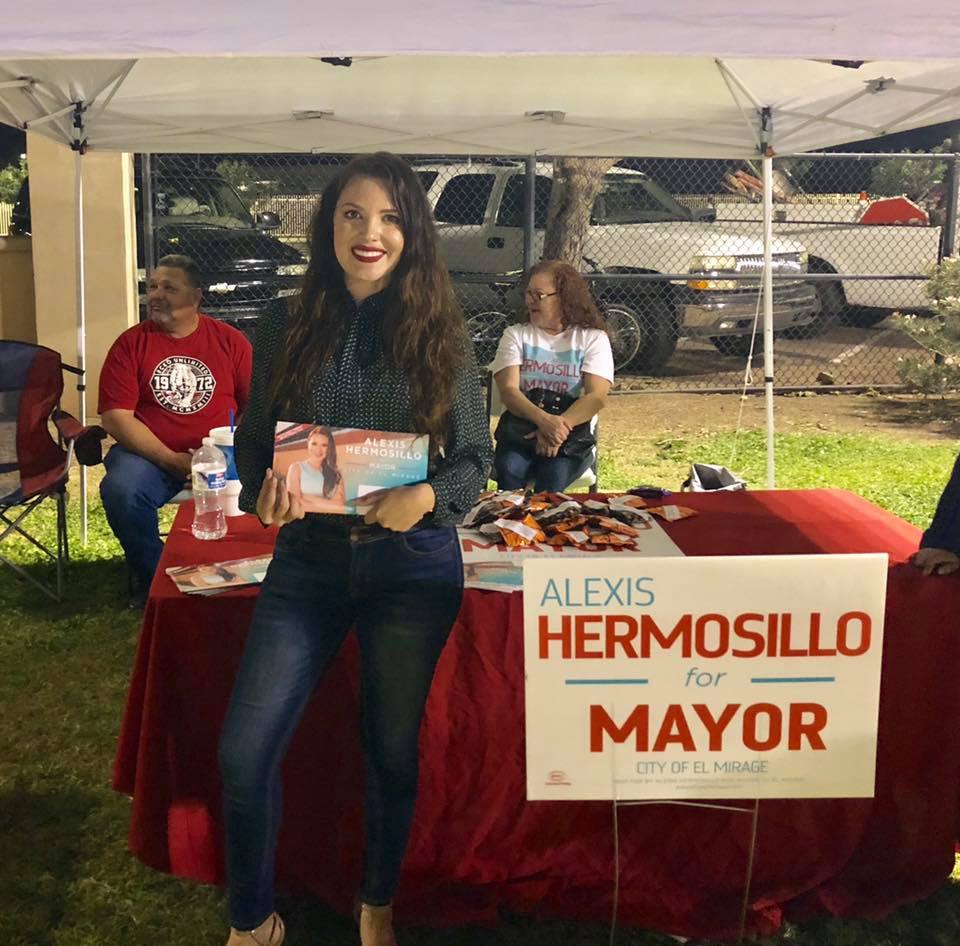How Virtual Museum Tours and Online Organizing Helped Students in an UnidosUS Women’s Empowerment Program Find Community Amid the Pandemic and Protests
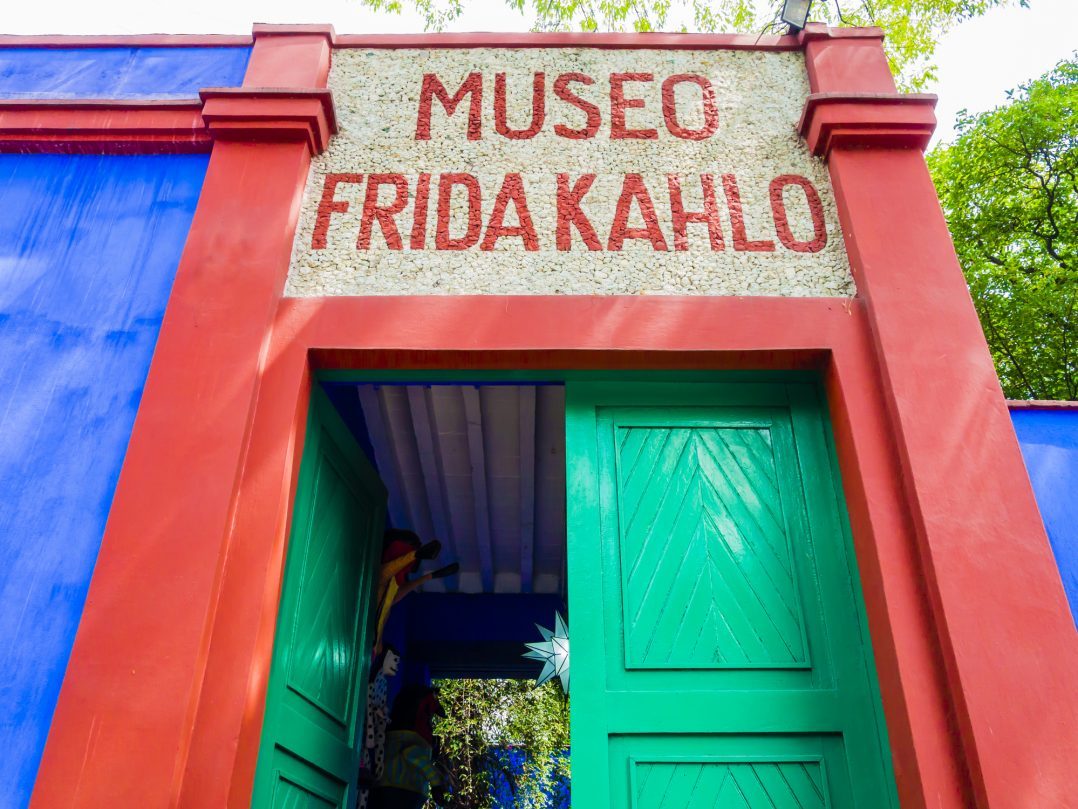
By Stephanie Presch, Content Specialist, UnidosUS
Before COVID-19, a group of young women in the Twin Cities would gather for twice-monthly dinner parties revolving around a two to three hour curriculum that promotes positive femininity, self-confidence, and professional development opportunities at CLUES or Comunidades Latinas Unidas En Servicio. CLUES is an UnidosUS Affiliate, and the curriculum is an UnidosUS project called Entre Mujeres.
At that point, there was a no phone use rule so that you can be both physically and mentally present at the dinners.
“They don’t all go to the same school, so they got to know each other on a deeper level,” says Natalie Somerson, CLUES’s youth program coordinator.
Then came the pandemic and the subsequent lockdown. That prompted a lot of stress and interruptions. But it also taught the women about innovation and adaptability. Entre Mujeres leaders put the program online, and reduced it from two-and-a-half hours to hour-long sessions since students are now spending forced to spend extra hours on their computers doing virtual classes and homework. And since nobody likes to be cooped up, they built into the new program a much-needed getaway: virtual museum tours.
“A lot of museums have put out messages saying, ‘You can visit us virtually from your couch!’” explains Somerson, noting that these tours have been offered by all kinds of local and world renowned institutions from The Minneapolis Institute of Art to the likes of Metropolitan Museum of Art in New York and The Louvre in Paris.
This created a perfect opportunity for Entre Mujeres to teach their participants about women making history all over the world.
“We highlight a different woman each workshop,” says Somerson, noting that each student must attend at least one museum, select one woman in that museum whose work caught their attention, and then explain why.
“It’s about being inspired by women and the community that we bring together,” says Somerson.
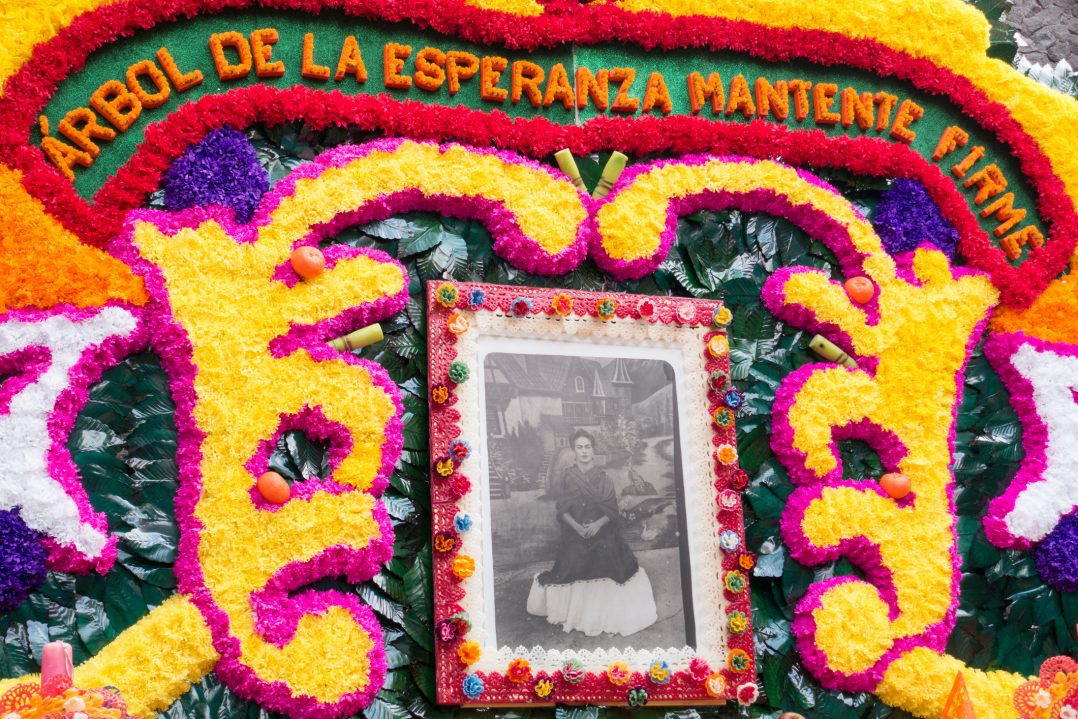
One of the artists that the students found inspiring was Frida Kahlo. Through the virtual tours, students had the opportunity to visit her house Casa Azul in Mexico, where some of her clothes are on display.
One of the students said she knew Kahlo had suffered from polio as a child, and narrowly survived a serious bus accident as a young adult, but the exhibit gave her a much deeper understanding of how these events would impact the artist’s entire life.
“I knew she had an injury but seeing her braces (displayed) with all of her clothes was really powerful,” says the student, who asked not to give her name. “It made me realize that we have something in common. I had heart surgery and it is part of me, but I can still be successful and make an impact, just like she did.”
“I liked being able to see artists who looked like me and cities and houses that reminded me of the streets that I walked in Mexico,” says high school junior and CLUES participant Veronica Arellano Martinez. “Looking for something that I connected with and related to was a good reminder that in these times we may feel alone but we never are.”
That sense of escape, of independence, and freedom to explore also resonated with high school freshman and CLUES participant Tiffany Cáceres Meráz.
“I’ve always wanted to go to Barcelona, and I still do, so I loved how I could ‘visit’ and see a couple things from there,” she says. Her favorite museum was actually dedicated to Pablo Picasso, a male artist who some have called a womanizer, and others called a radical feminist for his time. He certainly spent a lot of time incorporating the female form into his body of work. “The paintings all had differences, but similar meanings to them. I thought it was kind of crazy and weird to be able to relate to the paintings in some way. What I mean by that is, I was able to express my own life and feelings in the paintings.”

Supporting Students
The virtual museum tours were a big highlight of this spring’s Entre Mujeres curriculum, but leaders still had to adapt the key components of the original curriculum to the online format. For example, CLUES has always done some case management and offered checks in with students either through texting or FaceTime. The stress of the pandemic prompted leaders to make those check-ins more frequent, but it has its challenges.
“The curriculum is so well-designed for in-person connection, and we really thrive on the foundation that we all created at the beginning of the school year,” Somerson explains, noting how hard it is to read people on a digital screen and how patchy WiFi can also interfere.
The distance and the subsequent challenges had Somerson worrying about how to wrap up the program in an inspiring way, but the students’ desire to stay connected led to new and innovative ways of maintaining the spirit of the group. For example, they took the initiative of starting a group chat on Instagram.
“They wanted to all connect with each other, send a bit of encouragement,” she says. From there, the Instagram chat has evolved into a place where they can share things that make them laugh and get through another day.
“I really appreciate that we have continued to meet as a group. It brings a sense of ‘normal’ in these weird times,” says graduating senior and CLUES participant Karen Delgado Villanueva. “I always find the conversation and discussions interesting because you get to hear a wide mix of perspectives.”
It’s an initiative that shows how they’re taking a lead and staying committed to each other, says Somerson.
“It’s not something that I have to follow up on,” she says. “It’s something they naturally do.”
Positivity on Social Media
Participants in the Entre Mujeres program have also created a playlist of songs called Cuarantena Entre Mujeres (Quarantine Among Women in English). Everyone, Somerson notes, has taken it upon themselves to add songs to the playlist that can energize and motivate themselves and each other.
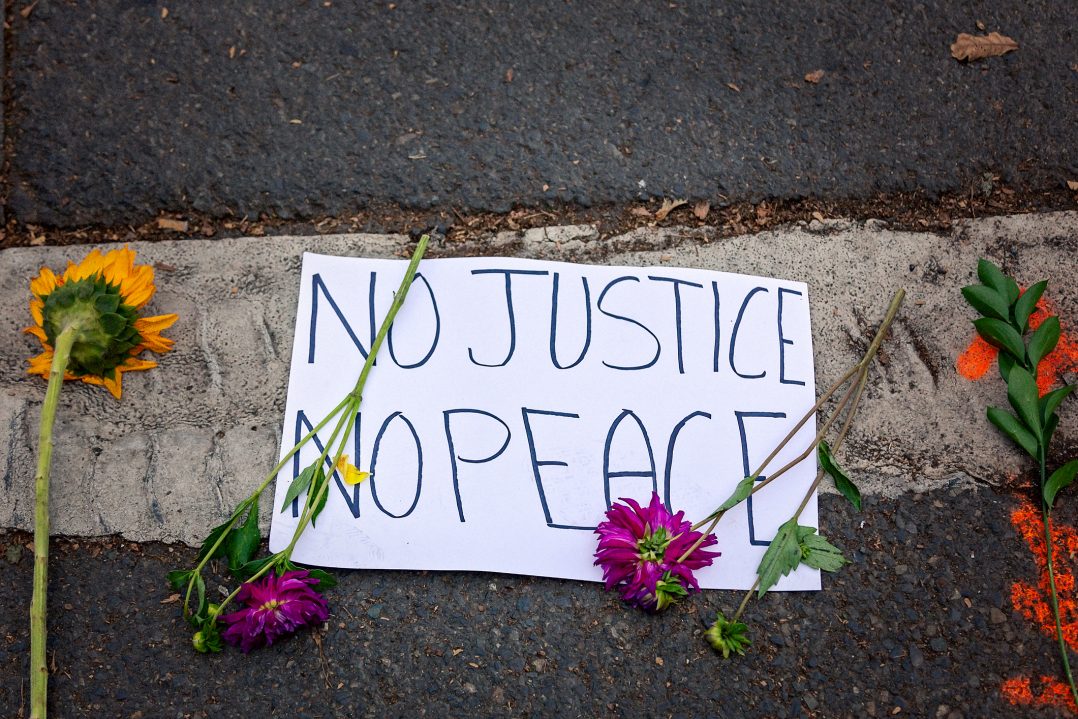
Before the pandemic, she says students used to tell her they didn’t get the kind of support from their friends that they found through Entre Mujeres, so the initiative participants have shown in adapting to the dynamics of the online approach make the struggle all worthwhile. That’s also been key in helping them process the news of police killing George Floyd, a Twin Cities resident, and the protests that have followed there and all across the world. Students have attended protests, organized food drives, and collected donations. They want to help, and there’s a strong sense of urgency about doing everything they can to do so.
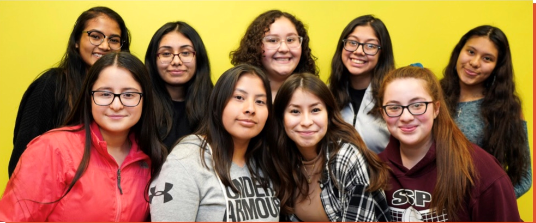
Those are the details that motive Somerson herself to keep going.
“I’m consistently reminded of how important and amazing this program is,” she says.

